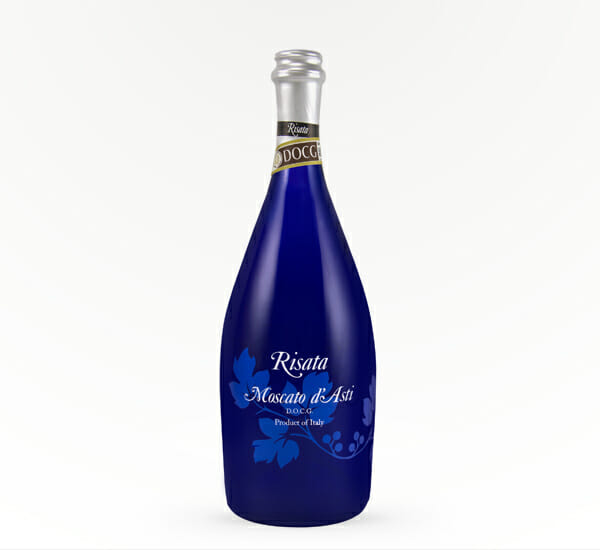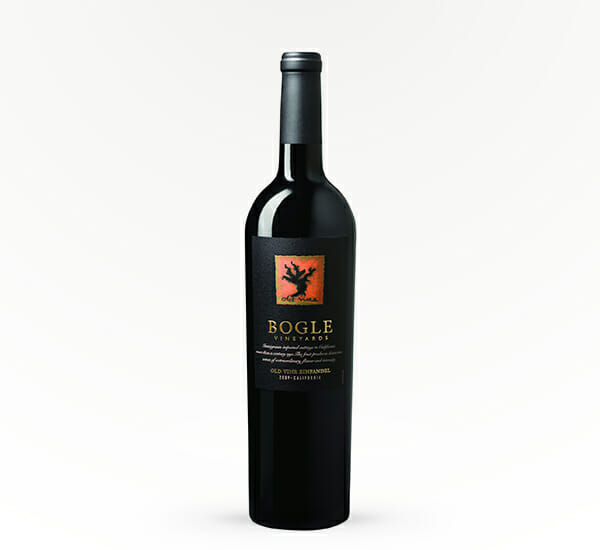Dessert— even just the word evokes a certain sweet, savory comfort. To most people, dessert means the final culinary experience of an evening following dinner. Images of cake, chocolate, pudding, jello, fruit, and other assorted sugary treats float through the mind.
One thing that might not come as automatically into the spotlight is wine.
The truth is, though, that there are many wines designed to be desserts. For one who may never have heard this before, it may come as a shock. Dessert is generally seen as a part of a meal; in other words, a solid food, not a drink. This guide is here to help you or help you show your guests how great a dessert the right drink can be.
Not every wine is equipped to fill this role, however. Indeed, the ones meant to cap off a night the right way are dubbed dessert wines for a reason. Like many of the food desserts above, they are sweet in taste. From fortified wines to ice wines, there are tons of choices.
Many of them are also low in alcohol content. They are not intended as tools to get drunk, rather treats to be savored. But before we get to our list of the best wines for this, let’s go over a few cardinal rules of serving wine as a dessert.
- If you want the focus to be the wine, do not serve solid dessert as well (although desserts and dessert wines can pair well together)
- Use the 3 oz. serving size to ensure savoring
- Serve in shallow glasses
- Use a wine cooler whenever possible. If not possible, store wine in the refrigerator for no more than 2 days
- Limit refills
These simple rules ensure your delivery of wine as a dessert is on-point and taken seriously by your guests. They can also help you if this is your first time trying dessert wines to stand in for your usual cake or cookie option.
Now that’s out of the way, let’s get down to business. Here are some of the best dessert wines to close out the night.
Moscato
There are actually 200 grapes in the muscat family, but Moscato is made from muscat blanc. It is a solid choice for the initiate of dessert wines. Moscato is widely accessible in a variety of flavors and styles.
Part of what makes Moscato such a great dessert wine is all the different flavors you can find it in. These tastes come from infusion with aromatic compounds during the fermenting process.
Depending on the brand you ultimately choose, your Moscato might come with notes of citrus, peaches, cranberries, apples, or pears.
There are also different styles of Moscato. It comes in the sparkling variety, which is carbonated for a more acidic taste. If that isn’t your thing, you could still try Moscato, which is essentially the opposite.
There’s also a pink variant, which tends to be sweeter, and a red one that incorporates earthy, flowery flavors.
Moscato is a great place to start on your foray into dessert wines.
Riesling
From the extremely versatile Moscato, we move to a more specialized option. Riesling is a great option to serve as dessert for those who know they like dessert wine or just have a nice sweet tooth.
This is a German wine crafted with some interesting flavors. On top of being exceptionally sweet for white wine, riesling also brings citrus, lychee, and almost honey-like notes to the table. The smoothness in it carries through to the texture as well, making it an all-around trip for the tongue.
While riesling works very well on its own as a dessert, this is also a great wine choice for those who want to pair a drink with food. If you want to serve a dessert of both drink and food that complement one another, riesling goes well with flan, peaches, cheesecake, or apple pie.
Be warned— these combos could be a sweetness overload for someone who doesn’t eat much sugar.
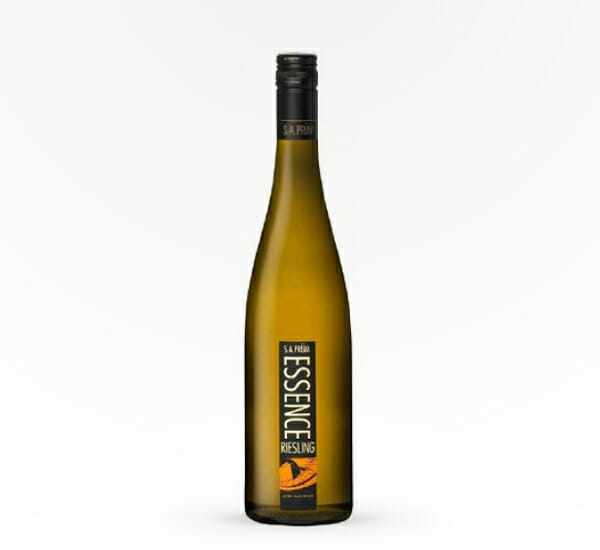
Viognier
Now, we have an option for connoisseurs of rich, bold flavors rather than sweet ones. This wine contrasts the previous two entries but stands to be a wonderful choice as a dessert for anyone planning to serve wine after dinner.
If you or your friends don’t enjoy too much sweetness, viognier could be just the dessert wine you’re looking for. Depending on the brand chosen, you can find flowery, fruity notes. You can also find something closer to a creamy flavor.
This is a traditional dry white wine, but it comes with some unique characteristics. Viognier is often described as “oily” on the tongue. You will experience the texture of it as you sip, so fans of savory wines taking your time will be rewarded.
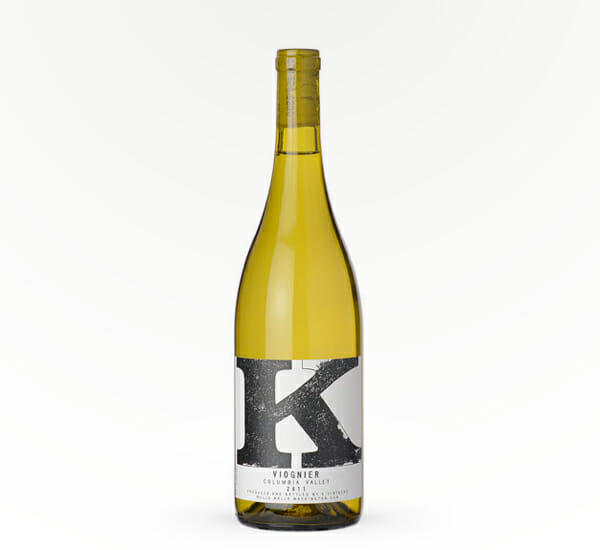
Zinfandel
Red wine fans, we didn’t forget about you. Zinfandel lands on the sweeter end of the spectrum, and its standout taste makes it a great choice not only as a dessert wine but one to pair with your meal.
Zinfandel is a lighter red wine and is sometimes made into a wine similar to rosé called white zinfandel. Either actually makes a fine dessert wine, but we will focus on the standard zinfandel. This wine combines two worlds of flavor and emerges with the best of both.
It is fruity in nature, with notes of peach or berries. Tucked in that neat little flavor profile are also smokier exotic flavors like cinnamon or even sweet tobacco. These tastes unite in a drink that’s very balanced and easy to drink.
The acidity of it is gentle as well. This is part of what makes zinfandel a great wine to stand alone as a dessert or be served alongside your meal.
Its versatility is second only to its taste. Any way you use zinfandel or its lighter variant, it’s sure to bring an extra kick of life and elegance to any gathering.
Port Wines
These rare red wines pair a deep rich flavor with the sweetness that only red wines can achieve. These wines lean far more on the side of being served as the sole dessert.
Many port wines are infused with flavors like chocolate, caramel, or cinnamon. They also tend to carry the rich weight of these flavors as well. This is what makes them such great dessert wines.
Indeed, drinking a glass of port might feel oddly similar to eating a piece of cake. For this reason, these wines are best enjoyed on their own, abiding by the guidelines from the beginning of this guide.
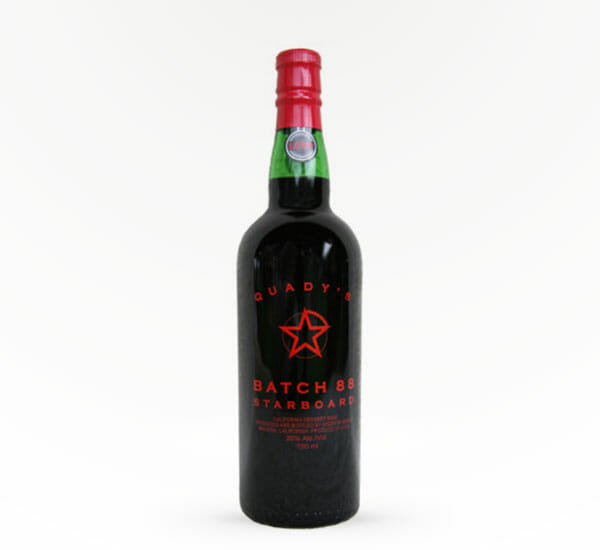
An elegant, liquid meal
No matter which wine you decide to serve, presentation is crucial when using wine as a dessert. These wines are made differently than your typical vintages. This reflects in their flavors, textures, richness, and the way they should be consumed.
To have guests fly through a glass of zinfandel defeats the purpose of serving it as a dessert wine. So, too does pouring them a glass full to the brim or serving a port with a side of chocolate lava cake.
All of these would diminish the impact and appreciation for the wine being served. And that is the whole point of serving wine as a dessert, appreciation.
If you know your guests, or yourself, you know if the audience savors the finer things like dessert wines. If you decide that this is the right choice for a dessert on this occasion, make sure you serve it upright. Use shallow glasses, small servings, and limit refills.

